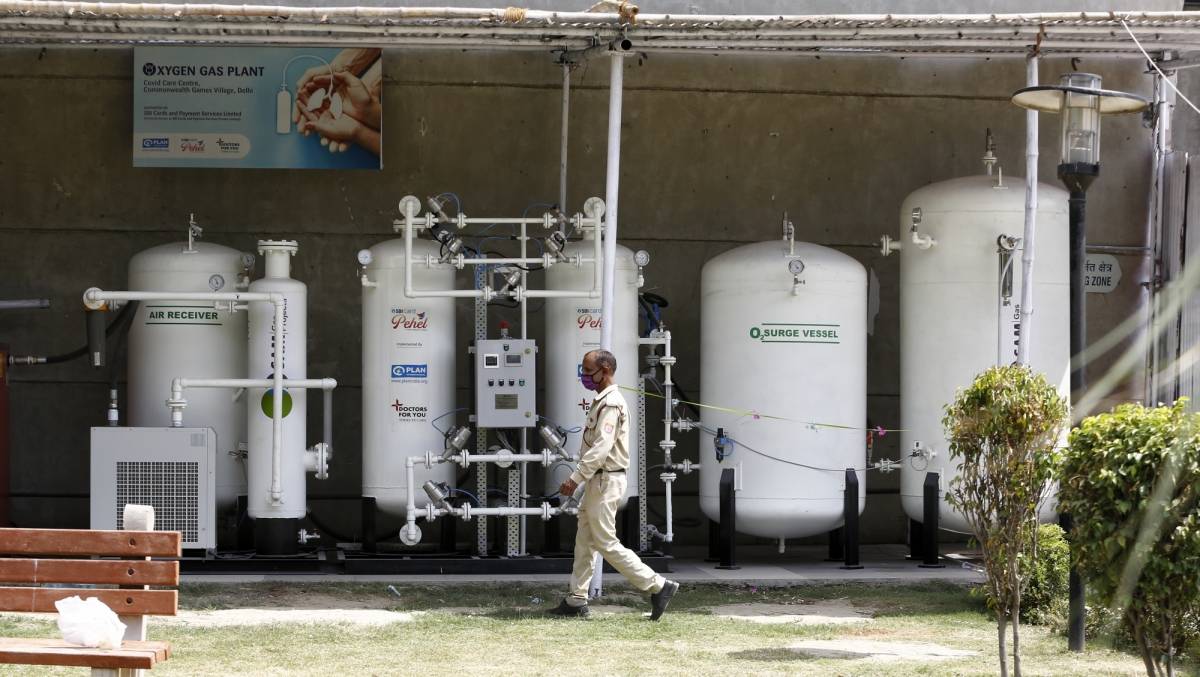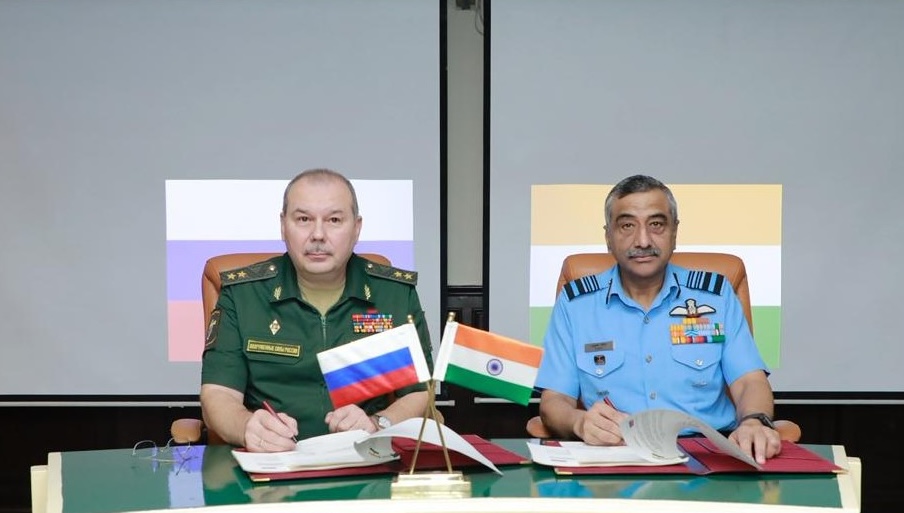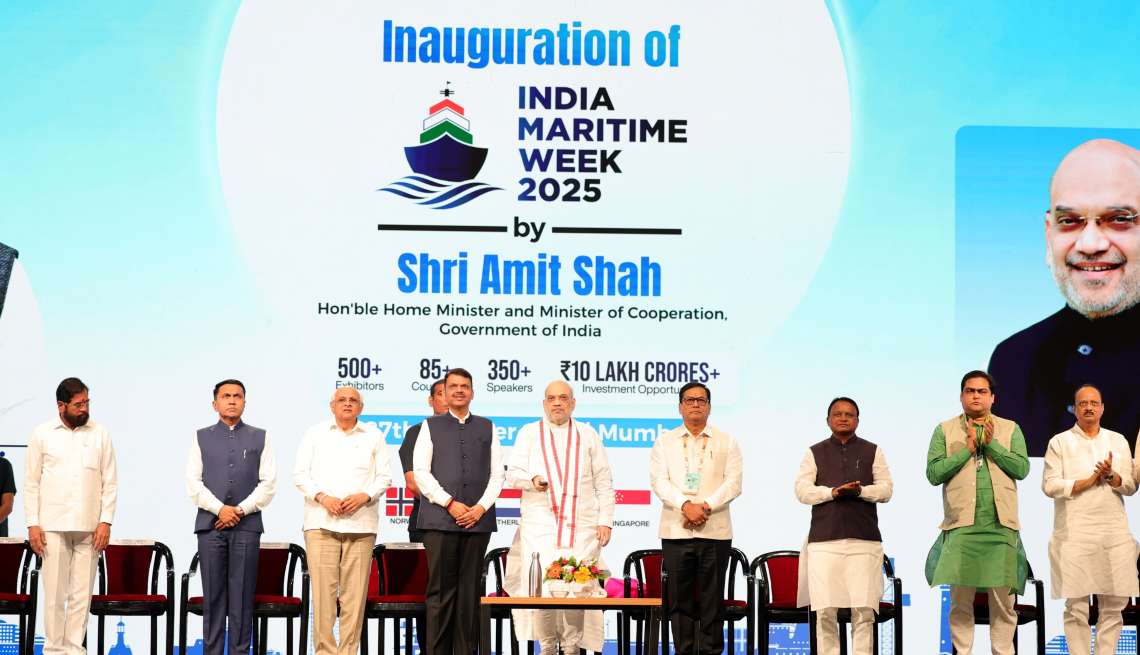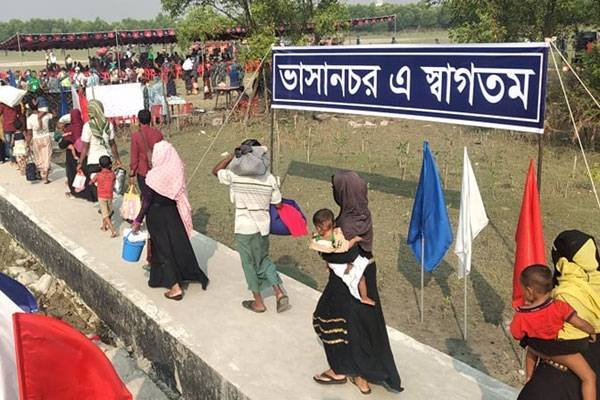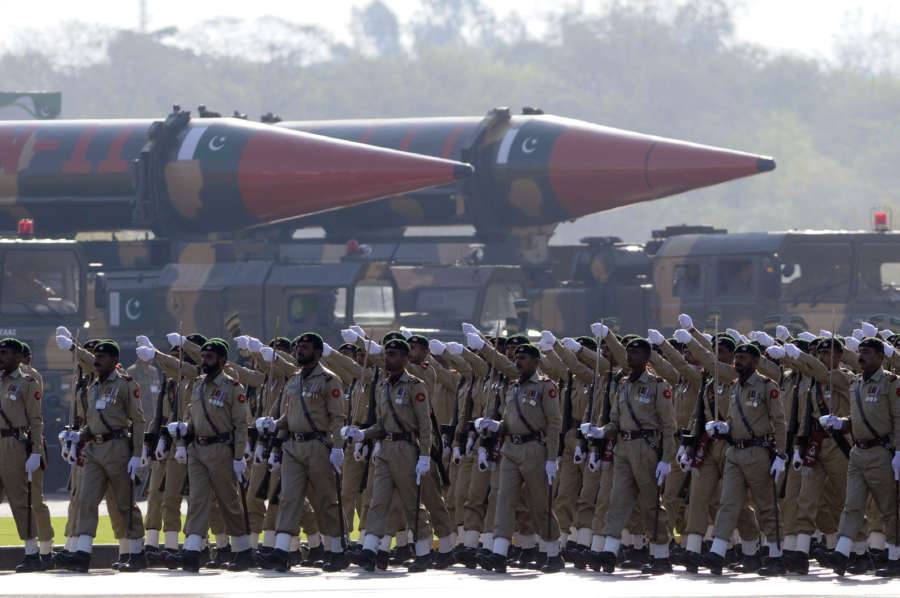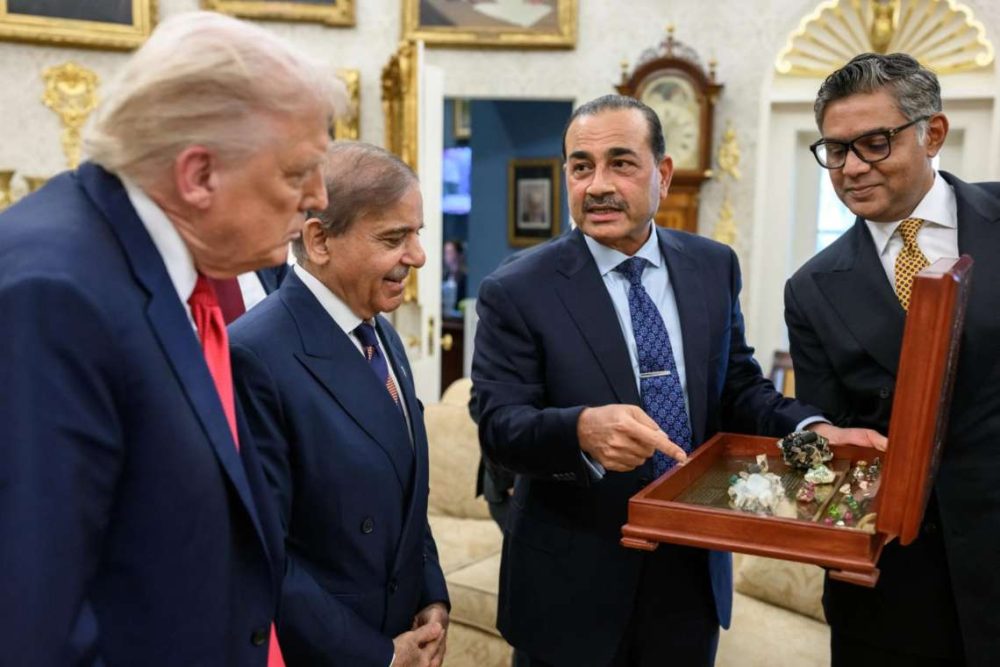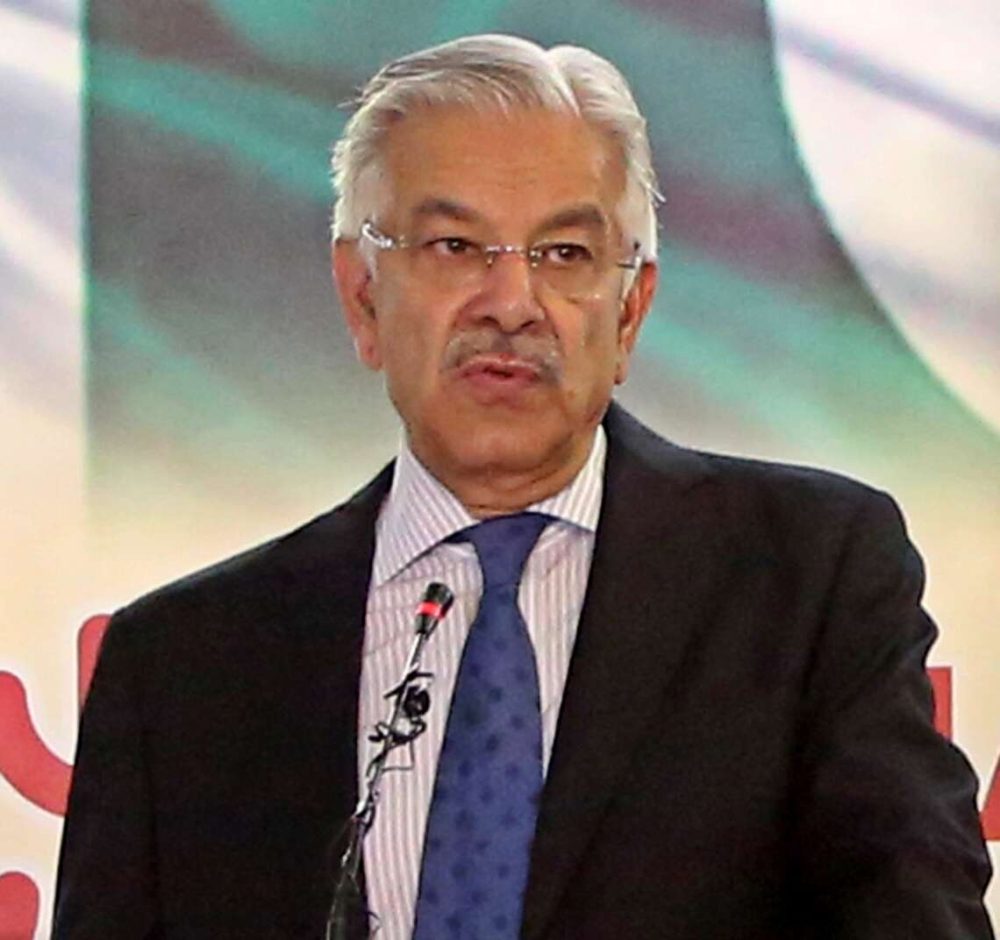Further, states were provided with oxygen equipment such as oxygen cylinders, concentrators and Pressure Swing Adsorption (PSA) oxygen generation plants…reports Asian Lite News.
No deaths due to lack of oxygen have been specifically reported by any states or Union Territories during Covid-19’s second wave, the Parliament was told on Tuesday.
In a reply to a question by Congress’ Rajya Sabha member K.C. Venugopal over deaths of people due to lack of oxygen, Minister of State for Health and Family Welfare Bharati Pravin Pawar, in a written reply, said that health is a state subject and detailed guidelines for reporting of deaths were issued by the Ministry to all states and Union Territories.
“Accordingly, all states/UTs report cases and deaths to Union Health Ministry on a regular basis. However, no deaths due to lack of oxygen has been specifically reported by states/UTs,” she said.
Pawar also said that Centre had supported the states and undertook a series of actions including provisioning medical oxygen, and other consumables to ensure clinical care of patients in view of steep rise of the Covid-19 trajectory in the country during April-May 2021.
Noting that the supply of medical oxygen to hospitals is determined by contractual arrangements between the hospital concerned and the medical oxygen supplier, she said that due to unprecedented surge in demand of medical oxygen during the second wave – peaking to nearly 9,000 MT as compared to 3,095 MT during the first wave and the Central government had to step in to facilitate equitable distribution to the states.
“A dynamic and transparent framework for allocation of medical oxygen in consultation with states/UTs and all the stakeholders such as relevant Ministries, manufacturers/suppliers of liquid oxygen etc was prepared,” she said.
Pawar said that the active case load of the states and Union Territories was the primary determinant of oxygen allocation, and other factors such as case doubling rate, available medical infrastructure, and others were also given due consideration.
Further, the allocation was kept dynamic as per the changing pandemic load.
The first allocation order was issued on April 15, 2021 and revised from time to time, based on the trends of active cases and supply position, she said, adding that a total allocation of 10,250 MT has been done to 26 high-burden states as on May 28 2021.
Pawar said that the Centre, along with the state governments, took all possible steps to tackle the unprecedented surge in oxygen demand that arose in the second wave. This included enhancement of liquid medical oxygen (LMO) production from 5,700 MTs in August 2020 to 9,690 MTs in May 2021, restrictions on industrial use of oxygen and augmentation of availability of containers.

Also, online digital solutions — Oxygen Demand Aggregation system (ODAS) and Oxygen Digital Tracking System (ODTS) — was developed to ascertain the demand for medical oxygen from all medical facilities and to track their transportation. Further, in order to avoid wastage of medical oxygen, guidelines on rational use of oxygen were issued on September 25, 2020, and further revised and disseminated to states on April 25, 2021.
Further, states were provided with oxygen equipment such as oxygen cylinders, concentrators and Pressure Swing Adsorption (PSA) oxygen generation plants.
A total of 4,02,517 oxygen cylinders have been procured/are being procured and distributed to the states. Also, 1,222 PSA Oxygen generation plants have been sanctioned. Out of these, as on July 15, 2021, 237 plants have been commissioned. Apart from this, 295 PSA plants are being installed by different Ministries.
States have also been asked to prepare oxygen generation plants at their level.
“With a view to increase the storage capacity of LMO in the states, under the emergency Covid Package-Part-II, 1050 Liquid Medical Oxygen tanks along with MGPS at a cost of Rs 80 lakh each have been approved,” the minister added.
ALSO READ-Blinken calls on China to cooperate on Covid-19 origins
READ MORE-Blinken tells allies to join hands in China approach


